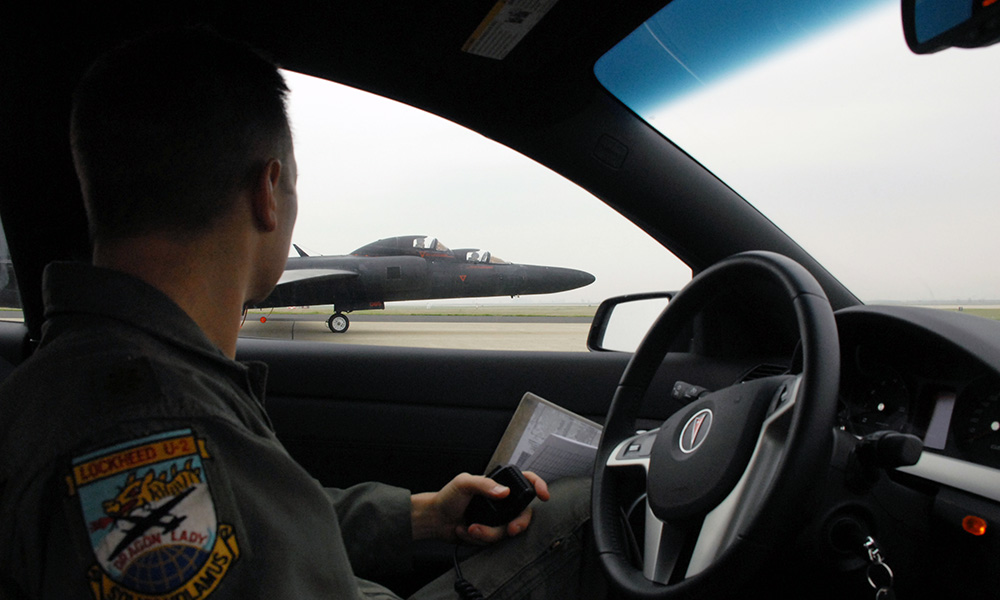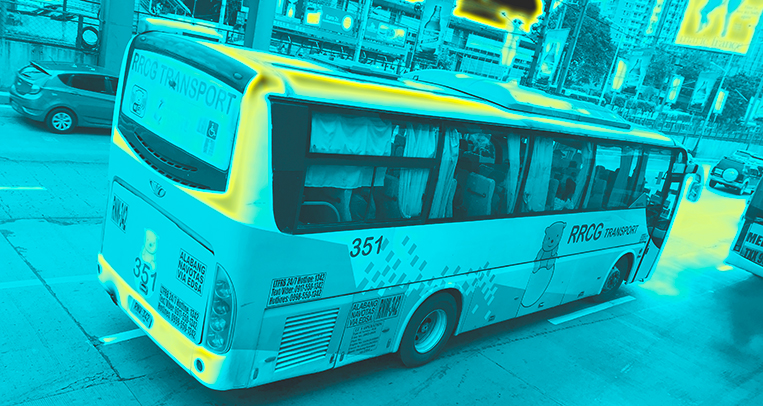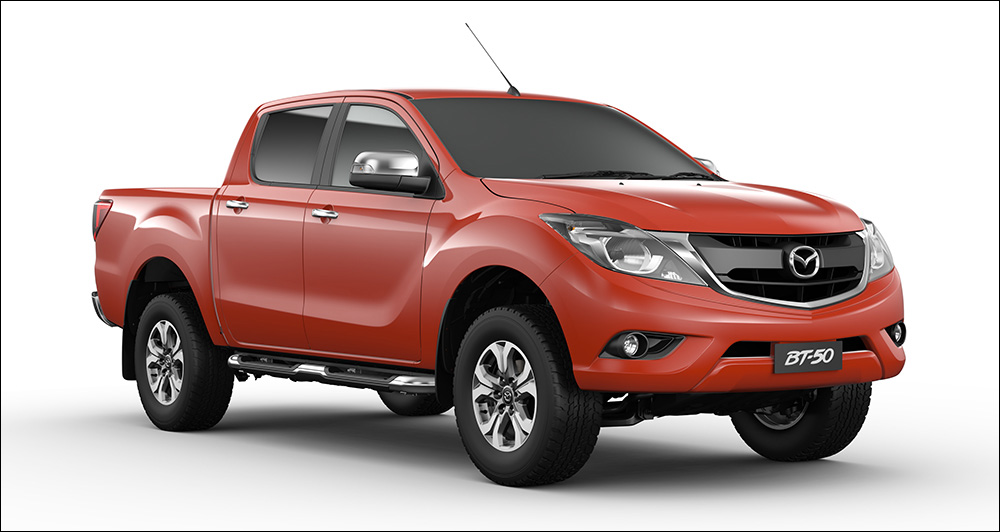
The Lockheed U-2 spy plane is an aircraft of unparalleled high-altitude performance. First flown in 1955, it is designed to climb to 70,000ft., penetrate enemy airspace, take sneaky pictures of secret weapons and military facilities, and come back home. The idea was for it to fly so high that it could enter enemy territory undetected or unchallenged. It’s no surprise then that the Central Intelligence Agency flew U-2s during the height of the Cold War to take a peek behind the Soviet Union’s Iron Curtain.
The U-2’s excessively big wings allowed it to sustain flight at the altitudes it flew— basically twice as high as that of a jet airliner. To save weight, the controls are not hydraulically assisted, and the landing gear consists of two struts arranged in a “bicycle” layout along the center of the fuselage. This makes the U-2 extremely challenging to land. Pilots must manipulate the heavy controls with pure muscle power alone—like a car without power steering. The unusual landing gear made touchdowns very tricky even in calm winds.


Less than 1,000 men and women became qualified to fly the U-2 during its 65 years of service. Nicknamed the “Dragon Lady”, it is a difficult aircraft to master. Not only does it require every ounce of skill from its pilots, but it also needs the help of powerful chase vehicles that assist the flight crew during the final moments leading to touchdown. Even though these are some of the most seasoned aviators in the United States Air Force (USAF), it is still incredibly tough to nail each landing.
The chase vehicles are driven by fellow U-2 flight crew themselves. They would race toward the aircraft and constantly provide the pilot flying with altitude callouts and the bank angle of the wings. It is imperative that the U-2 touch down with its wings perfectly level. Anything other than straight risked scraping of the wingtips on the ground and the aircraft subsequently losing control. The driver would keep chasing the U-2 until it comes to a stop, to which ground crews attach outrigger wheels so the aircraft can taxi to its parking space under its own power.


The U-2 fleet has been stationed in American airbases for most of its service life. Therefore, the USAF has relied on affordable yet powerful domestic V8 muscle for its aircraft chase cars. The first cars to serve this purpose were modified Ford Ranch Wagons. Later, 375hp Chevrolet El Caminos supplanted the Fords in the 1960s. This was followed by the even more powerful SS 454 version in 1970 with 450hp on tap. The El Caminos served the U-2s for a good 20 years until the USAF was given an opportunity to test a California Highway Patrol Ford Mustang 5.0 in 1986. Twenty of these purpose-built chase cars were ordered, featuring upgraded suspension systems and extra oil coolers for heavy duty pursuit work. Currently, the USAF’s pool of chase cars includes the Pontiac GTO and G8, and the Chevrolet Camaro. These vehicles come with factory upgrades that help them accelerate to 260km/h quickly and be stable at speed when chasing the U-2.



It takes as much skill to drive the chase cars as it is to land the U-2. While the landing speed is around 150km/h, the chase cars need to match that speed immediately as the aircraft crosses the runway threshold. Even with engine and suspension upgrades that improve acceleration and stability, the chase car driver multitasks with one hand on the wheel and the other hand on the radio, while keeping a watchful eye on the aircraft’s descent rate and orientation to the ground. The drivers, also known as mobile pilots, need to be three-car lengths away from the U-2 and slightly off center to avoid the turbulent air from the aircraft’s exhaust plume.

Even with advanced remote-controlled drones in the USAF’s fleet, the antiquated U-2 is still in active service to this day. The Dragon Lady’s film camera, itself a product of necessity during the Cold War, offers better clarity than anything digital today. In addition, the U.S. military claims that the U-2 is far easier to deploy to the battlefield than any satellite. For the pilots, knowing that the work they do may save the lives of the ground troops makes the scary landings and wild car chases all worth it.











Comments